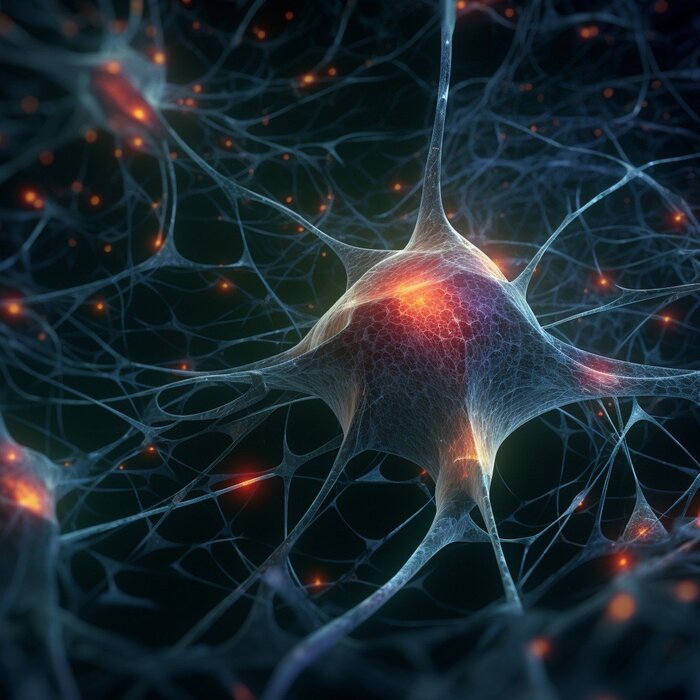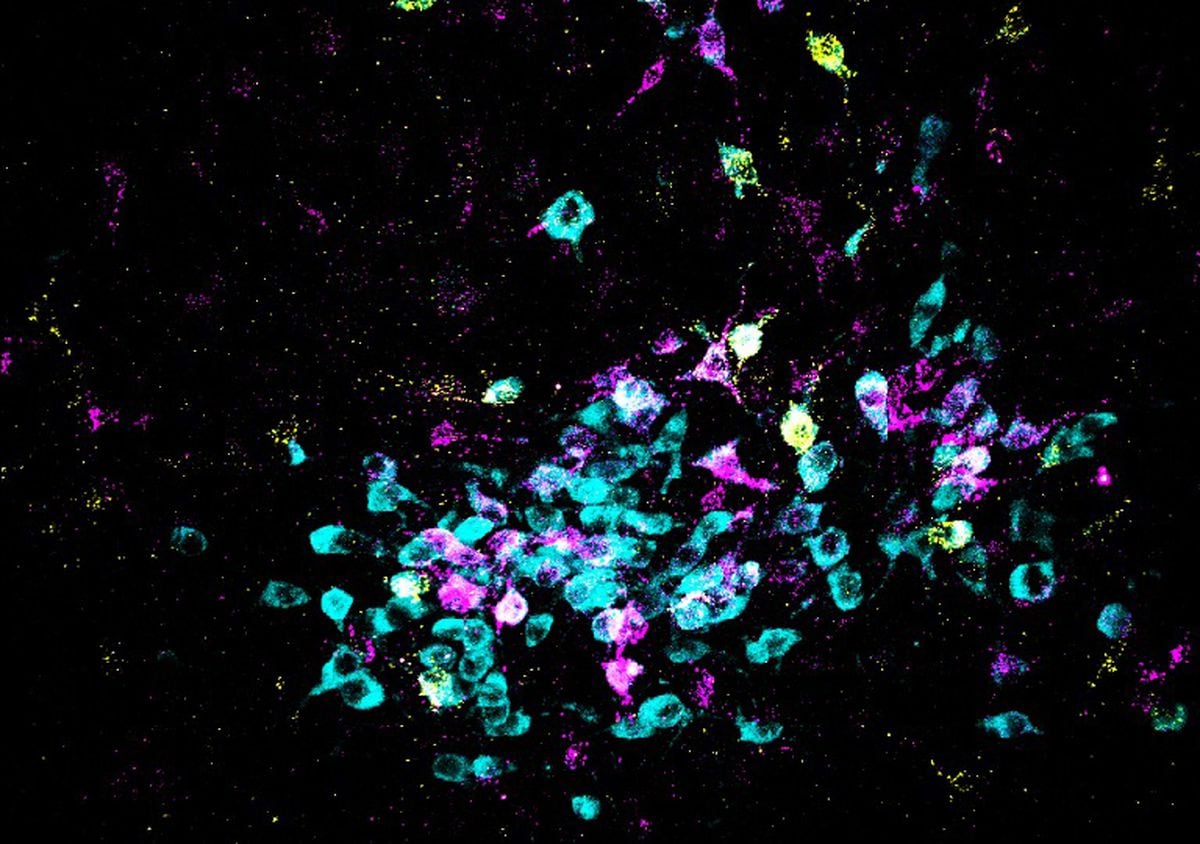Does omicron come from mice?
Amazing findings published
Created: 2022-02-04 12:53 p.m
By: Martina Lippl
It is initially unclear whether a Mongolian gerbil (Meriones unguiculatus) (photo) has been infected with Corona.
© Schauhuber/imago
At Omikron everything went extremely fast.
The variant coronavirus has spread across the world.
Where did the omicron variant come from?
Researchers believe they have solved the mystery.
Munich - It quickly became clear - Omikron could not be stopped.
Just a few weeks ago, researchers in South Africa reported a new coronavirus variant called B.1.1.529 - later Omicron.
There were few cases.
The first data alarming.
The variant discovered has a particularly large number of mutations, including on the spike protein.
The World Health Organization (WHO) classified Omicron (B.1.1.529) as a concern.
Omicron is spreading all over the world and is now dominant.
Omicron puzzle solved?
suspected mice
But where does the omicron variant come from?
Why has this highly contagious variant of the coronavirus remained hidden for so long?
There are different theses on the origin of the mutant.
One is that omicrons may have evolved in animals - in mice.
Scientists from China believe they have solved the omicron mystery.
"Our results indicate that the progenitor omicron jumped from humans to mice, rapidly accumulating mutations conducive to infecting that host before then jumping back to humans," writes Changshui Wei's team at the University of China Academy of Sciences in Beijing.
The Chinese study was published in the Journal of Genetics and Genomics
at the end of December 2021
.
These study results sound adventurous.
The progenitor of the omicron variant could have arisen by jumping over the species barrier.
From human to mouse and then back to human.
Key word: zoonosis (see info box).
Omicron mice: This is what an expert says about the study
An expert considers this conclusion of the Chinese researchers to be plausible.
Professor Cornel Fraefel, Director of the Institute of Virology at the Vetsuisse Faculty of the University of Zurich, says in the
SRF
: "The most important clue of the Chinese study is that the pattern of these mutations is not typical for the origin from human cells, but typical for the origin from a mouse.”
In the mouse, the corona virus has adapted specifically to the host animal.
In order to be able to spread better among mice – in the cells of the host animal.
This would explain the relative frequency of certain point mutations in earlier omicron sequences.
According to Fraefel, this mechanism is very species-dependent.
In his opinion, the mutations are not errors that would occur when copying the RNA.
Thesis of the origin of the formation of omicron - HIV patient
A much-discussed thesis about the origin of the omicron variant was initially whether the corona variant could have developed in a patient with untreated HIV or another form of immune deficiency.
The corona virus can multiply over a long period of time in the body of a person with a weakened immune system and change again and again without being completely switched off by the immune system.
"This is a speculative thesis and has not been proven," Wolfgang Preiser from Stellenbosch University told the dpa news agency in early December.
Preiser is a member of the research consortium that discovered the new variant.
A precursor of the omicron variant had already been sequenced in spring 2020.
Then omicron had secretly evolved for over a year before being rediscovered in November 2021 in southern Africa.
Key word: zoonosis
A
zoonosis
is an infectious disease that can be transmitted from animals to humans and from humans to animals.
The majority of all pathogens that can cause disease in humans are transmitted from animals to humans.
Triggers can be viruses, bacteria, parasites, arthropods, worms or prions.
Infection can occur through direct contact with animals, contaminated food, or through vectors such as ticks and mosquitoes.
Examples of zoonoses are BSE, plague, malaria and toxoplasmosis.
(Source: German Center for Infection Research (DZIF)
Delicate search for the origin of the coronavirus
At the beginning of the corona pandemic, researchers tracked the path and origin of the then still new coronavirus Sars-CoV-2.
The World Health Organization (WHO) officially presented its report in March 2021.
Many questions remained unanswered at the time:
the coronavirus was
“probably to very likely” transmitted from bats to humans via an intermediate host animal.
The WHO experts left open
which
animal species the intermediate host could be.
In the research literature, among other things, marten animals are suspected.
Wildlife can be a haven for coronavirus. A researcher sounded the alarm when a single wild mink in Utah contracted the coronavirus. White-tailed deer in several US states became infected with Sars-CoV-2 in the summer of 2021. The red deer could have become a new reservoir of the pandemic virus. It has not yet been detected in wild animals, writes the portal
aerzteblatt.de.
The news was surprising, especially since the virus was detected in blood samples from animals from different US states. It is not a local outbreak.
The coronavirus can be transmitted from humans to animals.
The virus has been detected in lions and tigers in zoos.
It can infect ferrets, cats, dogs, and other pets, and spread rapidly to mink farms.
Denmark ordered millions of mink to be culled for fear of mutations.
New omicron subtype BA.2 prevails
The subtype of the Omikron variant Omikron BA.2 is now on the way.
Much about the new sub-variant is still unclear.
The new omicron subtype BA.2 apparently has a further mix of properties.
Virologist Sandra Ciesek on transmissibility and the severity of the disease.
Virologist Christian Drosten says about the subtype BA.2 - "has a few more horsepower".
(ml)









